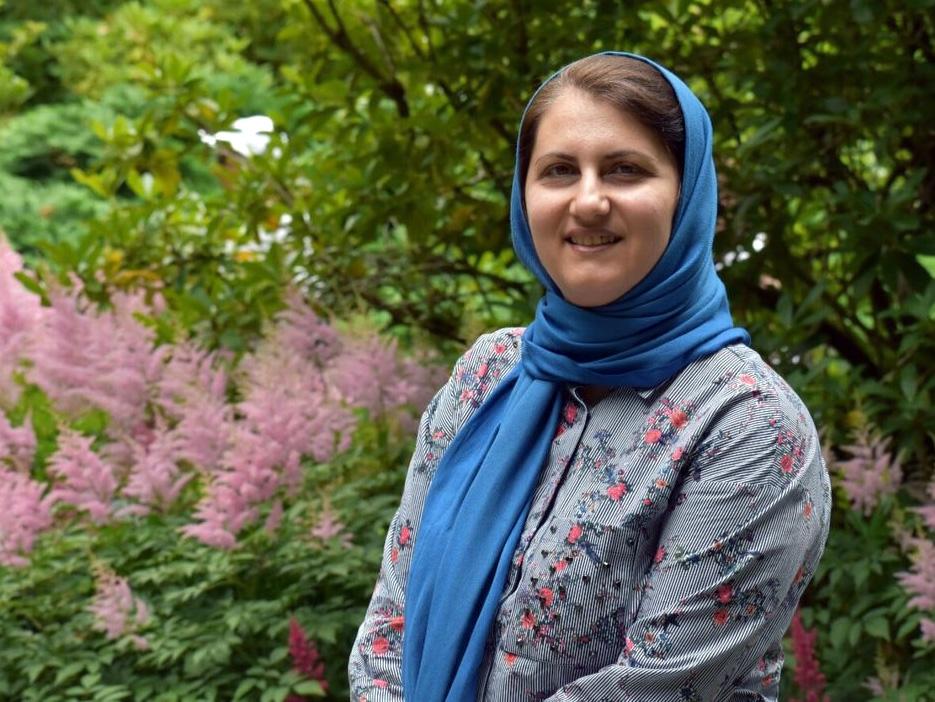Can graphene and cement stop PFAS from contaminating our environment?

Australia's PFAS map - view larger image
Evaluate the leaching behaviour of PFAS from contaminated soil stabilised and solidified with cement and graphene.
Soils contaminated with per- and poly-fluoroalkyl substances (PFAS) at fire-training facilities and defence sites has become a major concern worldwide due to their potential to leach and contaminate adjacent soils and water.
The stabilisation and solidification (S/S) method is a well-established and cost-effective remediation method that have been used to immobilise various contaminants in the soil, sediment and waste. This method includes mixing of contaminated matrix with cementitious material, binder and remediation materials. Contaminant immobilisation in S/S method are dependent on mechanical stability of solidified matrix and adsorption capacity of additives.
Graphene is an excellent material that can be utilised in the immobilisation of contaminants following S/S method. Graphene-based materials are known for their high adsorption capacity and mechanical strength which have allowed them to be used extensively in remediation of different contaminants from environment and as a reinforcement material to enhance the mechanical properties of cement and alloys. Whether the same could be applied to prevent leaching of PFAS from contaminated soils is yet to be investigated.
Therefore, the aim this project is to stabilise and solidify PFAS in contaminated soil by adding graphene as remediation and reinforcement material. Graphene will be added to PFAS contaminated soil and the soil will be solidified by mixing with cement and binder.
The mechanical strength of S/S matrix will be tested by measuring their crushing strength. PFAS leaching from S/S matrix will be measured using US EPA leaching tests (LEAF 1315). The concentration of leached PFAS will be measured using liquid chromatography tandem mass spectroscopy (LC-MS).
Results from this work provides an excellent starting point regarding the suitability of stabilisation and solidification methods based on graphene in preventing leaching of PFAS from contaminated soils.
You'll be working with scientists from University of Adelaide’s Fertiliser Technology Research Centre and School of Chemical Engineering and Advanced Materials and the Contaminant Biogeochemistry and Environmental Toxicology Group at CSIRO Land and Water.
Supervisors

Research area: Soil Science, School of Agriculture, Food and Wine
Recommended honours enrolment: Honours in Soil Science or Honours in Chemistry

Co-supervisors:
Dr Diana Tran - School of Chemical Engineering and Advanced Materials
Dr Divina Navarro - CSIRO (pictured)
